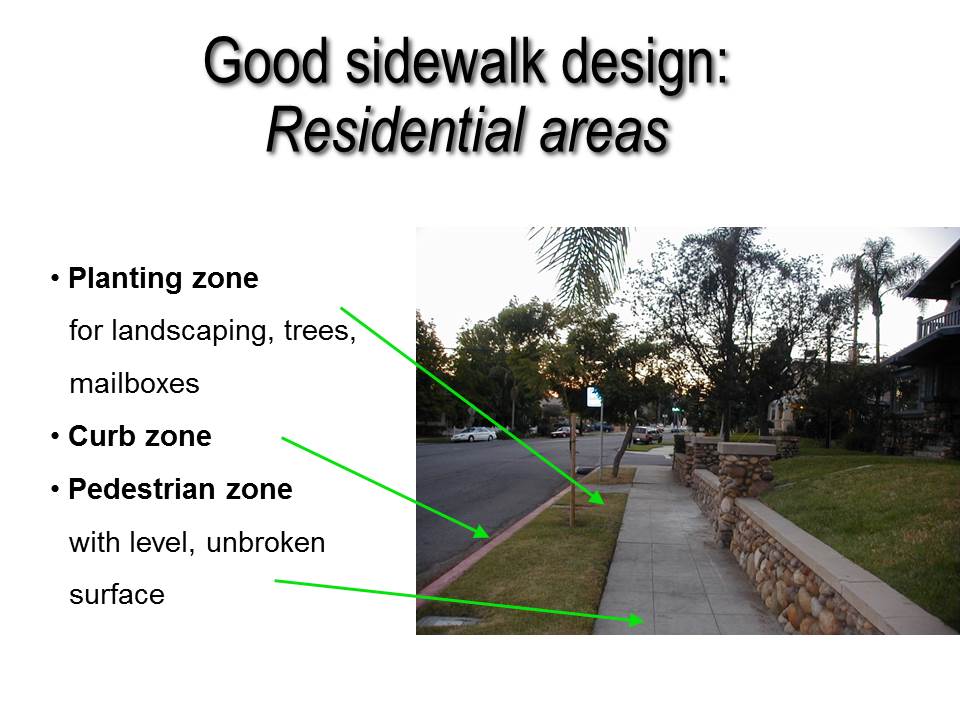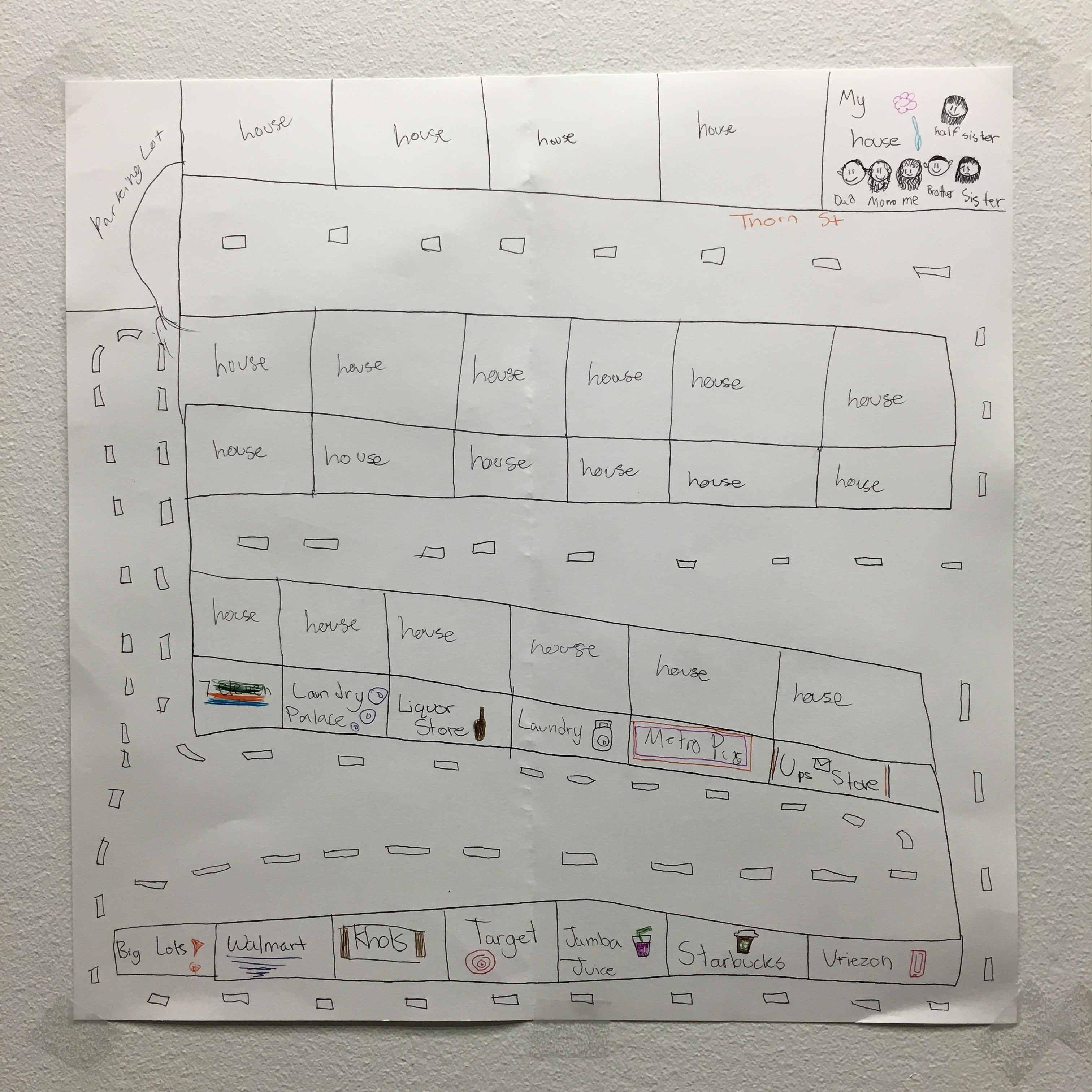Enlightening Students Through the Built Environment: Active Transportation

The Built Environment Education Program (BEEP) San Diego is a nonprofit volunteer organization dedicated to educating and advocating for school-age youth as meaningful participants, leaders, and decision-makers of the built environment.
Through its curriculum and program structure, BEEP San Diego seeks to educate and engage youth on all aspects of the built environment. Read on to learn more about weekly lessons practiced at one of our partner schools, the Language Academy in the San Diego Unified School District.
Our core values and beliefs are intertwined in every lesson we deliver.
Among these is the Active Transportation component, which I taught with Lisa Lind, AICP. This component is a three-part series in which we focus on Elements of a Walkable Community, Active Transportation, Advocacy, and Safe Routes to School. The lessons are bundled into presentations and activities that allow students to gain a better understanding of the built environment and inspire changes in their behavior and community.

PowerPoint slide used by BEEP volunteers. Courtesy Walk San Diego.
Empowering Kids: Lessons on Urban Design
Lesson one focused on basic key terms like walkability and active transportation. We taught concepts using examples from the children's homes and school environment. For example, in one of our activities, we provide aerial maps of the school and its vicinity. Using the concepts we exchanged, we opened the course up to discussion. We allowed the 6th and 7th graders to visually express their ideas about their built environment, how it could be improved, and the changes they had seen over time. This allowed the lesson to segue from understanding concepts of the built environment to advocacy and possible solutions.
Lesson two continued with active transportation concepts and how unsightly or unsafe streets could be improved to encourage pedestrian safety and activities. We allowed students to think of ideas for crosswalk designs, median implementation, and other complete street concepts. The children were then encouraged to draw their neighborhood along with the concepts they experienced or would like to experience to improve their neighborhood's livability.
Once the connection between their home and school environment was established, we moved on to Safe Routes to School.

Student-created neighborhood site map. Photo by Benjamin Martinez.
Language Academy: Empowering Safe Communities
Because of the popularity of the language immersion concept of the Language Academy, the campus draws students from all parts of the greater San Diego region. Instead of focusing solely on home-to-school trips, we provided education on safety measures and evaluation for determining walkable or rideable commutes to parks or areas of interest. We encouraged students to be aware of the concepts they had learned in their quest to determine whether a street or route is safe to walk or ride in. Students discussed combating safety issues, graffiti, and deteriorating infrastructure, and they exchanged ideas for social and modal changes.
Conversely, the students taught me that they have an innate sense of their surroundings and a sense of ownership of their community that they previously did not know how to express.
I believe that the students gained a greater appreciation for the cultural and physical diversity of their communities and a greater understanding of planning, engineering, and architecture as they relate to the built environment.
Top image: Detail from a student-drawn site map from the BEEP program. Photo by Benjamin Martinez.


